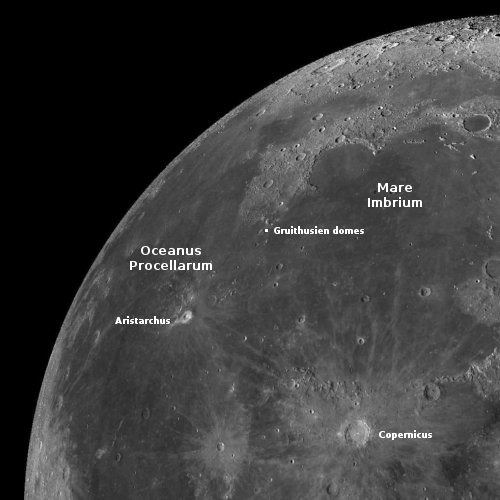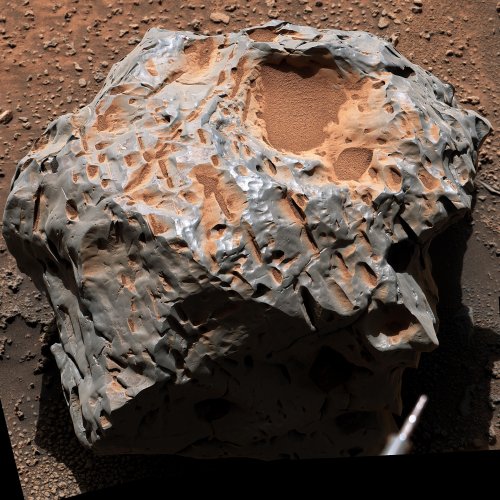A Martian slope streak caused by a dust devil?
Cool image time! The photo to the right, cropped, sharpened, and enhanced to post here, was taken on January 5, 2023 by the high resolution camera on Mars Reconnaissance Orbiter (MRO). It shows the interior slope of an unnamed 9-mile-wide crater, located just south of the Martian equator.
On that slope are several slope streaks, their dark color suggesting they are relatively recent. Also on that slope is the track of a dust devil that traversed that across slope. The track and the top of one of those streaks match, suggesting the dust devil might have caused the streak.
Did it? Maybe. This image was certainly taken to try to find out. Right now scientists do not know what causes slope streaks, a phenomenon unique to Mars. Though they look like avalanches, they do not change the topography at all, and sometimes flow over rises. If anything, they appear to be a stain on the surface, caused by some unknown process.
» Read more
Cool image time! The photo to the right, cropped, sharpened, and enhanced to post here, was taken on January 5, 2023 by the high resolution camera on Mars Reconnaissance Orbiter (MRO). It shows the interior slope of an unnamed 9-mile-wide crater, located just south of the Martian equator.
On that slope are several slope streaks, their dark color suggesting they are relatively recent. Also on that slope is the track of a dust devil that traversed that across slope. The track and the top of one of those streaks match, suggesting the dust devil might have caused the streak.
Did it? Maybe. This image was certainly taken to try to find out. Right now scientists do not know what causes slope streaks, a phenomenon unique to Mars. Though they look like avalanches, they do not change the topography at all, and sometimes flow over rises. If anything, they appear to be a stain on the surface, caused by some unknown process.
» Read more









